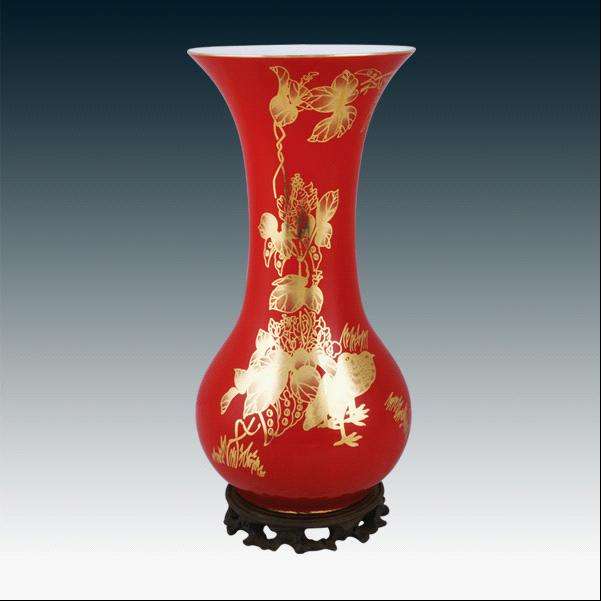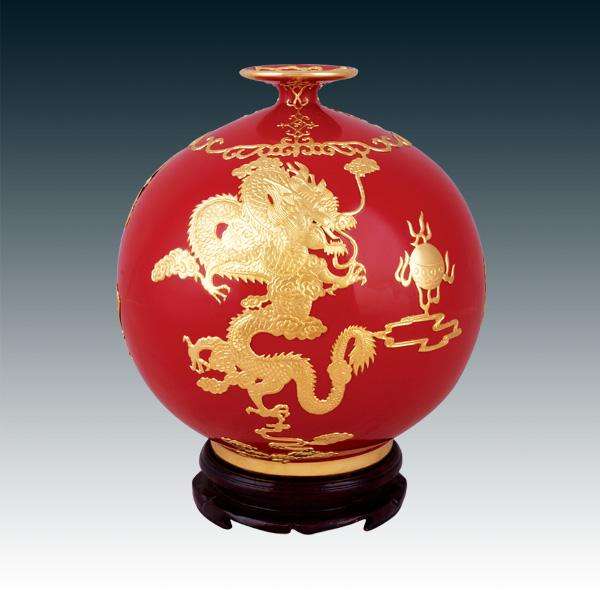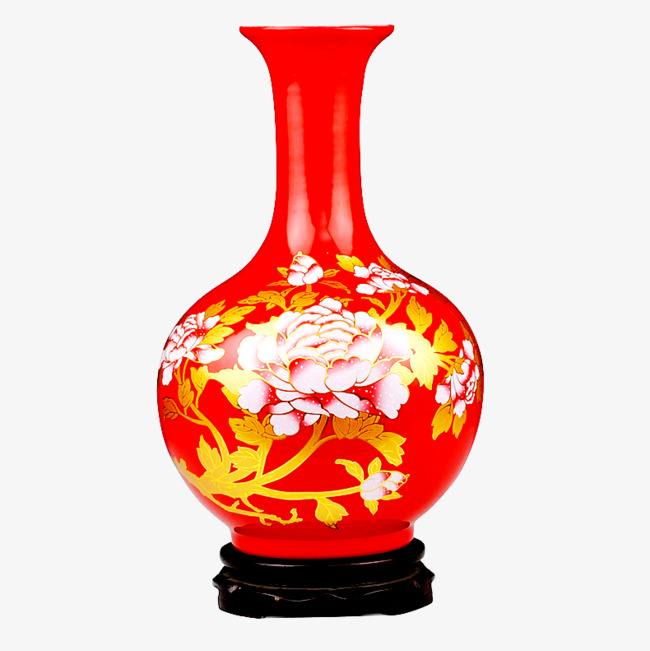A Subtle and Reserved World
1 min readMost Chinese porcelain ware embodies the characteristics of Confucian aesthetics. In its pursuit of gentleness and refinement one senses the aesthetic propensities of Confucianism; through its implicit and reserved artistic style one discovers the reserved nature of Confucian aesthetics.
Underglazered decanter, Hongwu reign, Ming Dynasty

Underglaze red vase, Hongwu reign (1368-1398), Ming Dynasty The Song Dynasty was a renaissance period for Confucianism, and also a period of maturity in porcelain production. This was much more than a simple coincidence. The increased popularity of Confucianism advanced the remarkable development of Song-dynasty porcelain production, while its aesthetic standards gave enlightenment to porcelain craftspeople. The tradition of Song-dynasty porcelain-emphasizing internal beauty-has been observed by generation after generation, and its reserved style has made the art of Chinese porcelain thought-provoking while pleasing to the eye.

Another representative of a reserved style is underglaze red porcelain, one of the two types of porcelain developed to its maturity in Jingdezhen during the Yuan Dynasty. Difficult to produce, underglaze red is not as popular as blue-and-white porcelain, though it displays a high artistic taste.

A precious underglaze red vase, produced during the Hongwu reign (1368-139 8) of the Ming Dynasty, is now housed in the Taipei Palace Museum. Its design is drawn in underglaze red, and at the lower section is a circular design of lotus petals. Palm trees, rocks and groves of bamboo, drawn on the belly of the vase, produce a graceful landscape painting with profound allusions.








